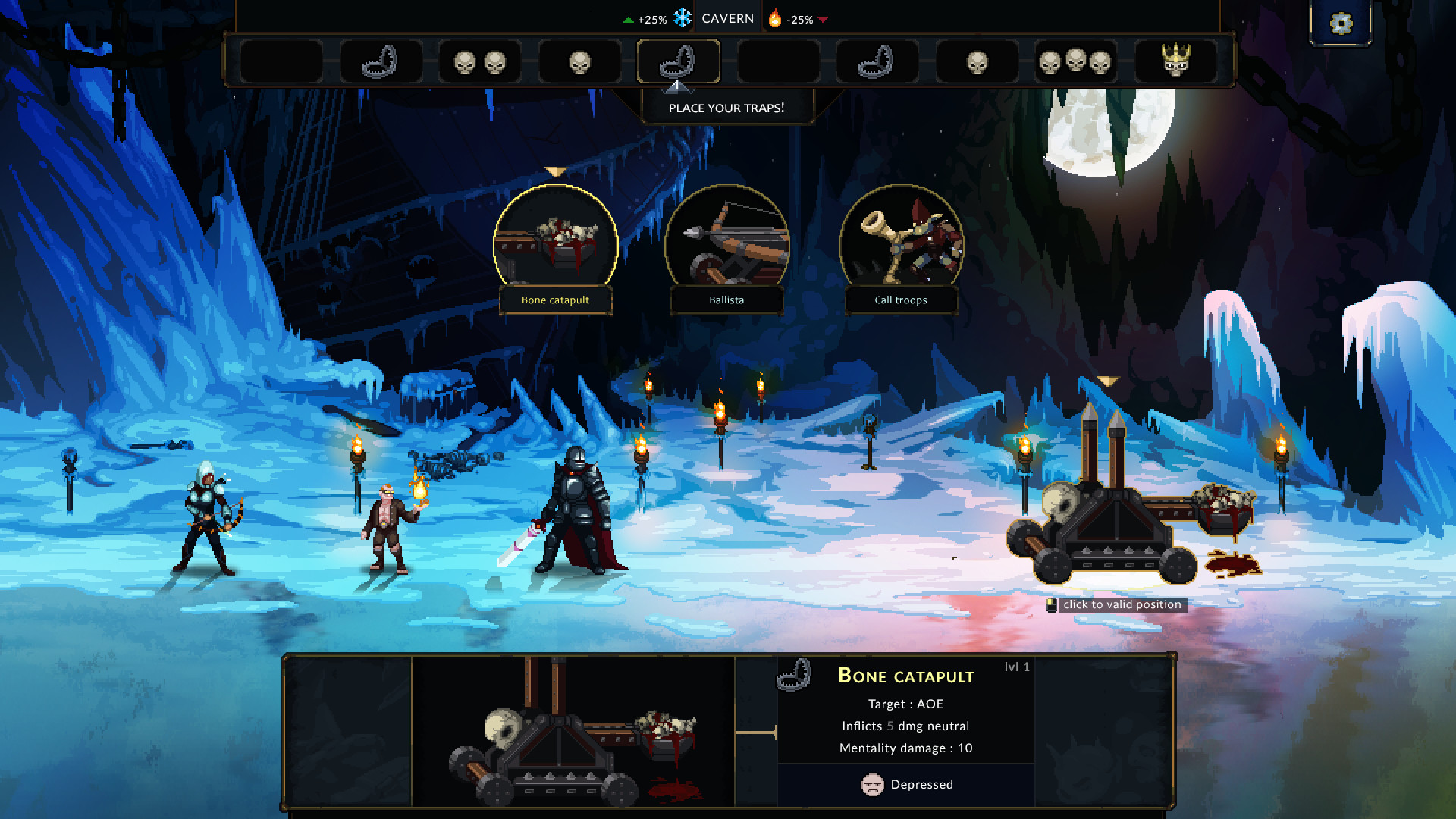Dungeon Master Dmg
Dungeon Master's Guide Sources Dungeon Master's Guide. Everything a Dungeon Master needs to weave legendary stories for the world's greatest roleplaying game. Sep 08, 2015 Nearly every magical item listed in the Dungeon Master's Guide includes a piece of accompanying artwork. Keep your DMG handy and show players the picture of the item they just got rewarded. These pictures help them think past the mere mechanics of the item they just found and really understand what it looks like in the hands of their characters. The Dungeon Master's Guide (DMG) is full of tools to help you immerse players in the game. What's the demon lord's secret weakness? Are the orcish invaders a criminal enterprise, or traitorous allies? Dozens of tables throughout the book help inspire your decisions and keep the game flowing smoothly. I believe in free form Dungeon Mastery. Creating a skeletal structure to a quest, story and campaign. Where the Players determine the direction. The ability to build a dungeon in a few minutes is important, even a small town and represent it convincingly in front of players with the tactile feel of miniature terrain. Oct 02, 2015 The DMG (or Dungeon Master's Guide) for 3.5 is essential for all or most D&D campaigns. Players want loot, and that's what the DMG is for, along with various little tidbits of info to flesh out a campaign (like NPCs, and a few Prestige classes).
- Dungeon Master Magazine
- Dungeon Master Dnd
- Dungeon Master Mug
- Dungeon Master Magical Item Percentage Chart
Dungeon Master Magazine
We can thank the global financial crisis for a large number of us having no money lying around for expensive terrain, but I just found that nothing suited what I wanted.

Dungeon Master Dnd
- DwarvenForge terrain is cool, and sort of what I was after, but too pricey and you need a lot of it.
- Preprinted dungeon tiles lack that 3d appeal and are quite boring most of the time
- Hirst Arts moulds require money and take an age to cast a small dungeon
- I love the random dungeon generation mechanics of Warhammer Quest and I enjoy Roguelike computer games
- I wanted quick, dirt cheap and, most of all, reusable
- I also like the idea of dungeons built logically and to a discernable purpose (not things that have weird long corridors for no reason - it reminds me of Galaxy Quest when they have to overcome the stamping pylons in the bowels of the ship, why are they there?)
- DM Scotty almost got there with The DM's Craft - a lot of this is inspired by his YouTube channel and he is a credit to the game
- I wanted to create something myself that I could share and take some pride in
- I can't stand grids in D&D, but understand the desire for uniform representation of size and scale. 1 inch = 5 foot. In my case I use metric 25mm = 5 foot (as almost all RPG rule books are in feet, but I live in a metric world). I wanted grid compatibility, but not be married to it.
- Finally I believe in free form Dungeon Mastery. Creating a skeletal structure to a quest, story and campaign. Where the Players determine the direction. The ability to build a dungeon in a few minutes is important, even a small town and represent it convincingly in front of players with the tactile feel of miniature terrain.
Aug 20, 2018 That being said, it’s not for me. I’ll go into the why later on in this post, but before we get there let’s take a look at the flanking mechanics in the Dungeon Master’s Guide (DMG). What is Flanking. A creature is flanked when two of its enemies are engaged with it on opposite sides. DungeonMasterG (DMG) continues his straight dungeon tile terrain stairway technique with an ascending stairway tile. He also introduces the concept of not going above the 3rd layer of cardboard.
Dungeon Master Mug

Dungeon Master Magical Item Percentage Chart
This site and my YouTube channel will serve to expand heavily on the above 'philosophy' or 'manifesto'. I have a few rules I impose on myself and my players, do not feel obliged to follow all of them as they help my creative process, but you may feel restricted. Thank you for your time, now go get Dungeoneering!
Open house movie. Since it's a nozzle instead of a powder bed, the powdered metal melts directly on the areas required to build the part layer by layer. As well, because the deposition rate is up to 3.5 kg/h, it is considered 20 times faster than the laser generation of parts in a powder bed, according to DMG MORI.And the added five axis milling function provides more flexibility, adds Lell, because once the part is created via the additive manufacturing process, additional machining requirements such as milling of holes can be done on the same machine. There is no additive manufacturing process today for metal parts that gives you good accuracy and good surface finish,' says Friedmann Lell, sales director for DMG MORI's Sauer Lasertec division, based in Pfronten, Germany.Instead of a bed of powdered metal, the Lasertec machine uses a powder nozzle for the laser deposition welding process.